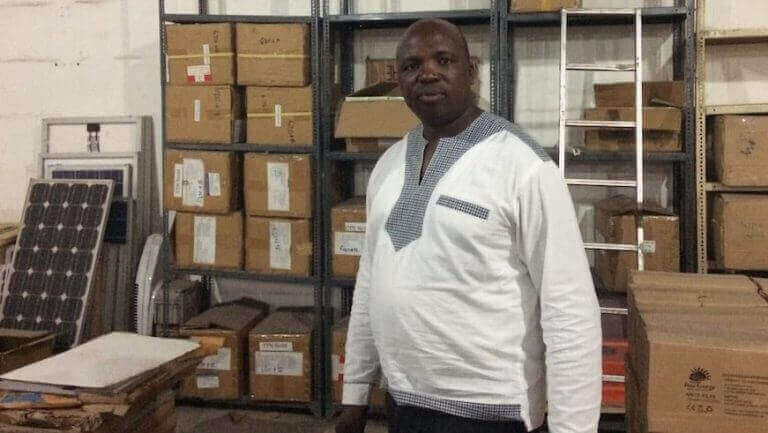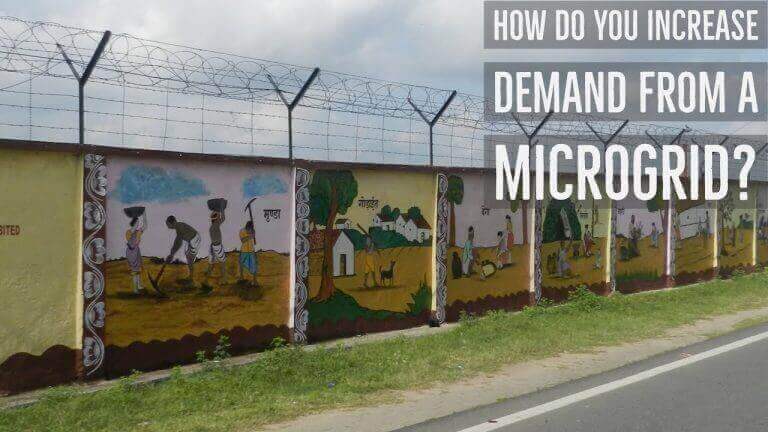Choosing the right area for off-grid clean energy solutions needs a strong analytical approach to maximize your investment.
The off-grid electricity market in India is huge, with more than 300 million people living without direct access to electricity. But with such a large market, how do enterprises decide upon which small geographical area to focus on?
In our experience, a matrix of choices determines where enterprises choose to work. Some pick areas where they have strong family ties. Some are directed to areas designated as un-electrified. Some entrepreneurs focus on the poorest areas to create impact. We advocate a strong analytical approach to choosing the geographical area of operation.
We believe enterprises should focus on relatively small areas at the district level, where there is a clear demand and capacity to invest in decentralized renewable energy solutions. In our micro-markets analysis based on 2011 census data, we have identified these target geographical markets/ districts, and come up with five tips:
1. Remember that nobody is queuing up to buy your product. Everywhere we go, we hear that awareness of clean energy access products is low. Solar penetration data available in the census shows that. In states like Uttar Pradesh and Bihar, which had the lowest levels of electrified rural households, rural solar penetration was less than 1%. You have to market your product and services and with a limited budget, you can only do so by focusing sharply on the most likely customers.
2. Use a robust methodology. Start with states where the majority of rural population lives in darkness. In Uttar Pradesh, Bihar, Jharkhand, West Bengal, Orissa and Assam between 50% and 90% of rural households were un-electrified in 2011. The central India belt of Madhya Pradesh, Maharashtra, Chhattisgarh and the western state of Rajasthan was slightly better off with 25-50% of rural households un-electrified. To choose your district of operations, consider additional criteria such as access to finance, economic buoyancy and grid growth, which determine whether a market for energy really exists. There are 321 districts, with 67.6 million households across 10 states where more than 25% of households are un-electrified. The potential market (when we include the additional criteria identified above) is 15.9 million households in 80 districts.
3. Focus on a district to achieve meaningful revenue. An individual district is a large enough market, which you can tap with your limited resources. Take the city of Gorakhpur in Eastern Uttar Pradesh, where a 10% penetration of solar products translates into a market of 38,000 solar systems. At an average price of Rs10,000 (about $160) for a 20-watt system, the market size is equivalent to Rs380 million ($6.3 million).
4. Develop partnerships in the micro-markets to achieve scale. The district headquarters is the town where you can partner with rural banks, micro finance institutions or community organizations, and work with the local government authorities. In particular, there is a lead bank for each district, and this relationship is key to make possible loan arrangements for your buyers and your village level entrepreneurs.
5. Identify a micro-market within a cluster. Pick your district in a cluster of similar districts so you can move to adjoining districts. We have identified clusters in eastern Uttar Pradesh, western Bihar, central Maharashtra and several other states. One giant cluster sprawls across Uttar Pradesh and Bihar, covering 28 districts forms one giant cluster with 9.7 million rural un-electrified households. This cluster alone accounts for 61% of our target market of 15.9 million households.
Focusing on a district can yield rich dividends for clean energy access. The key is thus to choose the micro-market where the need translates to demand.



